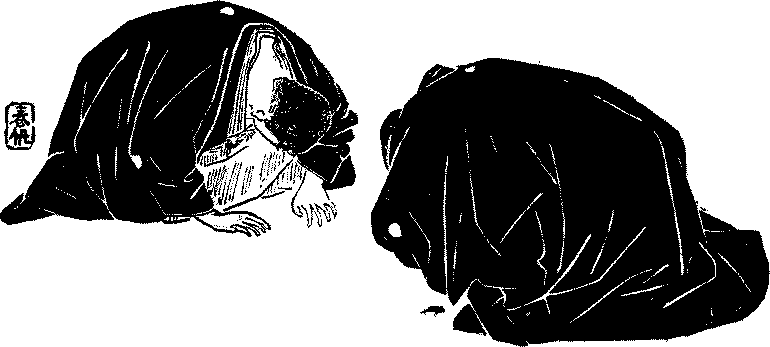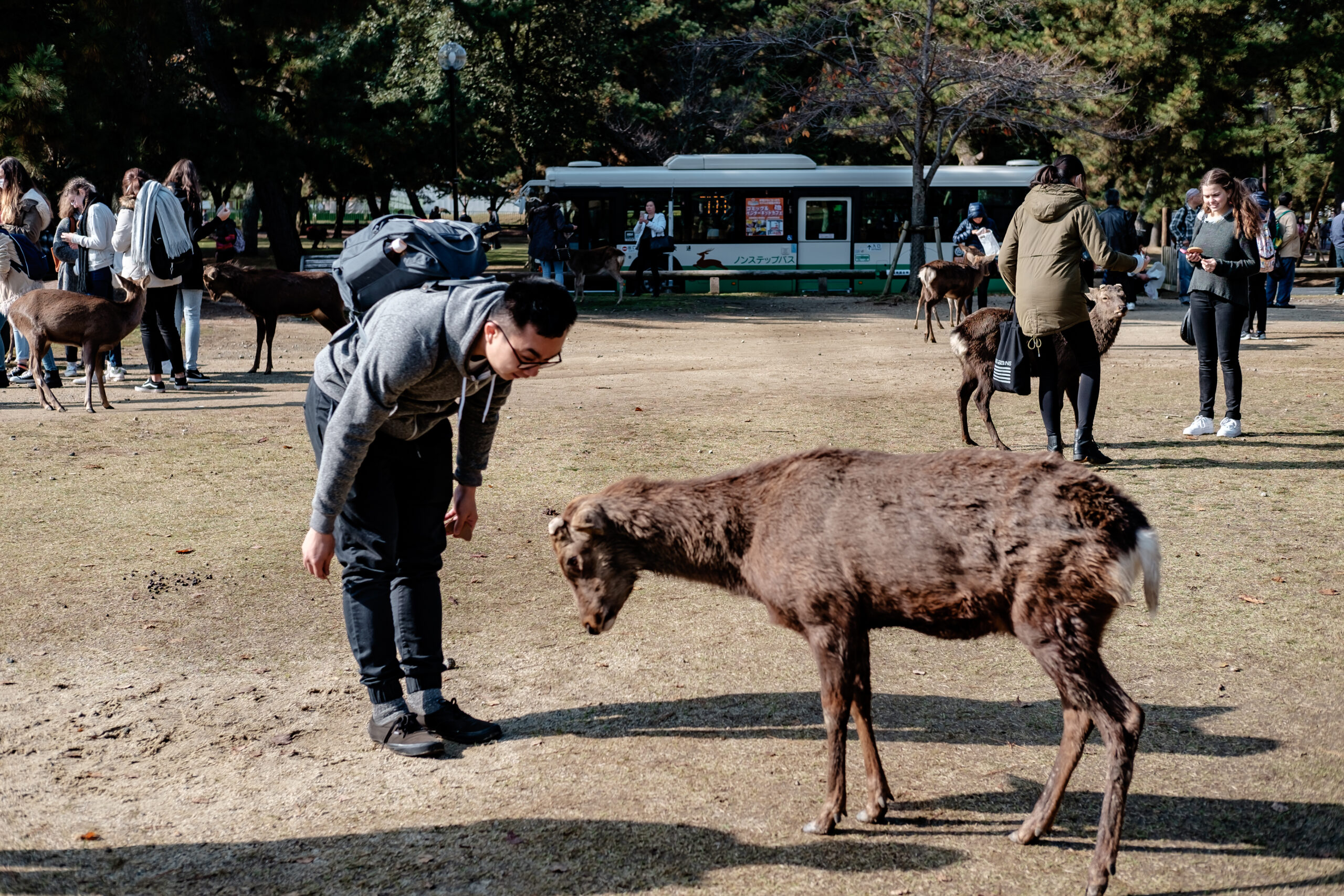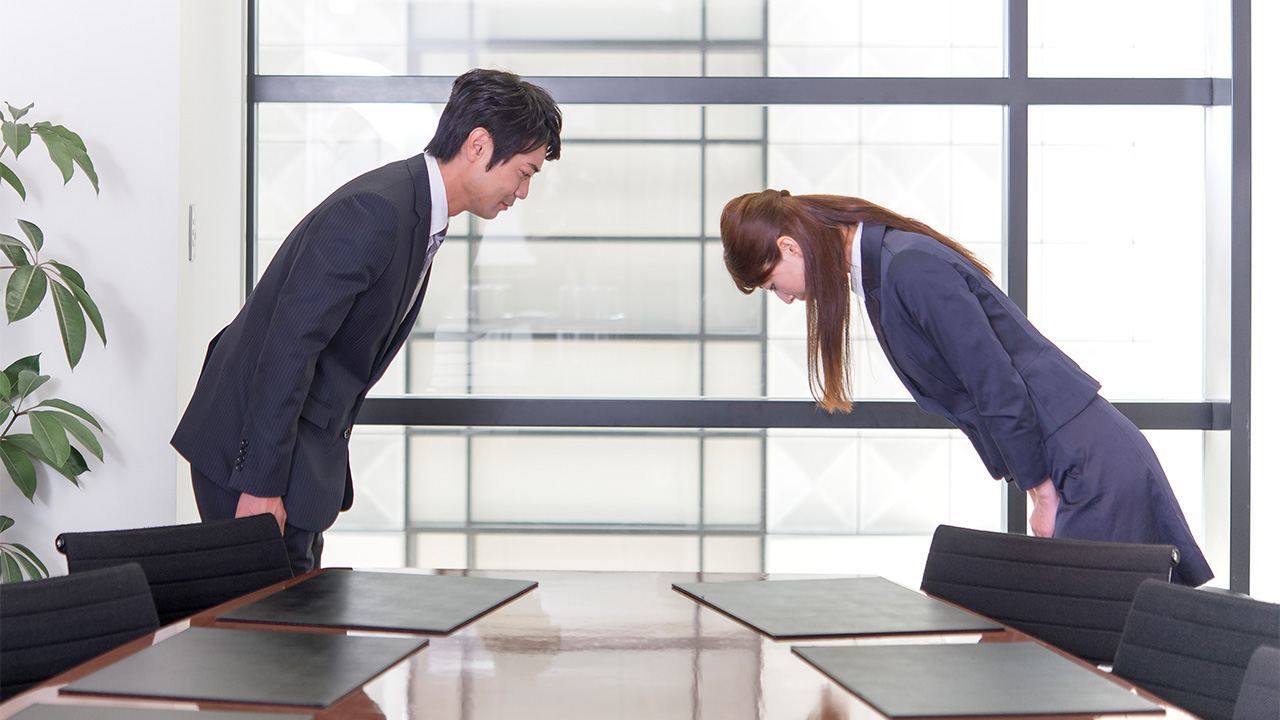Bowing, or お辞儀 (ojigi), is one of the most recognizable aspects of Japanese culture. More than just a physical gesture, it is a deeply rooted social ritual that communicates respect, gratitude, apology, and humility without a single word. From the moment you arrive in Japan, you’ll see bows exchanged everywhere — at train stations, in shops, between friends, and in business meetings. Although it may look simple, bowing carries centuries of tradition and meaning.
From Temples to Samurai Courts: The Origins of Bowing
The custom of bowing in Japan developed over many centuries, influenced by several cultural forces. Buddhism, which arrived from China and Korea in the 6th century, placed strong emphasis on humility and reverence. Monks bowed during prayer, before sacred statues, and to their teachers, creating an association between the act of lowering oneself and showing deep respect. Confucian philosophy, which also made its way into Japan, reinforced ideas of social hierarchy, proper conduct, and formal gestures toward superiors. Later, during the age of the samurai, bowing became a strict part of warrior etiquette, expressing loyalty, obedience, and recognition of rank. Over time, the gesture expanded beyond religious or elite circles to become an everyday part of Japanese life.

The Language of the Bow
A bow in Japan is far more than a simple “hello” or “goodbye.” It can express a range of emotions and intentions depending on the angle, depth, and duration. A shallow bow might be a quick greeting to a colleague you pass in the hallway, while a deeper, longer bow could be an apology for a serious mistake. When thanking someone for their generosity, people often bow deeply to show their sincerity. In formal meetings, bowing serves as an essential sign of mutual respect, and in personal encounters it conveys humility and warmth. The gesture’s meaning is shaped not only by physical form but also by the relationship between the two people and the context of the moment.
Different Forms for Different Situations
There are several traditional bowing styles that the Japanese learn from a young age. A light bow, known as eshaku, is used for casual interactions, such as greeting an acquaintance. A more formal bow, keirei, is deeper and common in business settings or when meeting someone for the first time. The most respectful form, saikeirei, involves bending at a sharper angle and holding the posture longer; this is reserved for moments of great gratitude or deep apology. In more traditional settings, such as tea ceremonies or martial arts, bows are performed from a kneeling position in what is known as zarei, reflecting an added layer of formality and tradition.
Bowing in Modern Japan
Although bowing is rooted in history, it remains central to modern Japanese society. In business, it is part of the essential etiquette alongside exchanging business cards. In customer service, shop staff, hotel clerks, and restaurant hosts bow to greet and thank patrons, reinforcing Japan’s culture of hospitality. When a company or public figure apologizes, it is not uncommon to see a deep, prolonged bow at a press conference as a visual symbol of sincerity. Even in the digital age, the custom adapts — many people bow slightly toward their camera during online meetings, and service robots or mascots are often programmed to bow, further showing how deeply embedded the practice is.
Representations in Culture and Media
Bowing is also a familiar sight in Japanese media. In anime and dramas, it often communicates politeness, embarrassment, or gratitude. Historical dramas (jidaigeki) feature formal, deep bows that reflect the rigid hierarchies of past centuries. Even outside of entertainment, bowing appears in public advertising and art as a symbol of good manners, often portrayed by illustrated characters who bend politely to the viewer.
🦌 Fun Fact: The Bowing Deer of Nara
Bowing in Japan isn’t limited to humans. In Nara, a city famous for its historic temples and free-roaming deer, many of the local deer have learned to bow to visitors — especially those holding shika senbei, the special crackers sold for feeding them. When offered a treat, the deer often lower their heads in a bow-like motion, and if you bow back, some will even “return” the gesture before happily accepting the snack. While this behavior likely started as an accidental movement, over time the deer have learned that a polite bow often results in more treats — making them perhaps the most charming unofficial ambassadors of Japanese etiquette.

A Few Words for Visitors
For foreigners visiting Japan, bowing does not need to be perfect to be appreciated. A simple, respectful inclination of the head or upper body will usually suffice, especially when combined with a polite greeting or expression of thanks. Handshakes are not as common and are often reserved for situations with international guests, so it’s safest to default to a bow. In casual encounters, a quick nod is fine, while more formal situations may call for a deeper gesture. The key is to be sincere — the bow’s true meaning lies not in its precision but in the respect it conveys.
More Than a Gesture
In Japan, bowing is not just a matter of etiquette; it is a physical expression of social harmony. It carries history, reflects values, and acts as a bridge between people, allowing them to acknowledge each other’s presence, role, and dignity without words. Whether you are stepping into a centuries-old temple or simply thanking someone for helping you find your way, bowing is a gesture that connects you to Japan’s cultural heartbeat — one graceful curve at a time.

